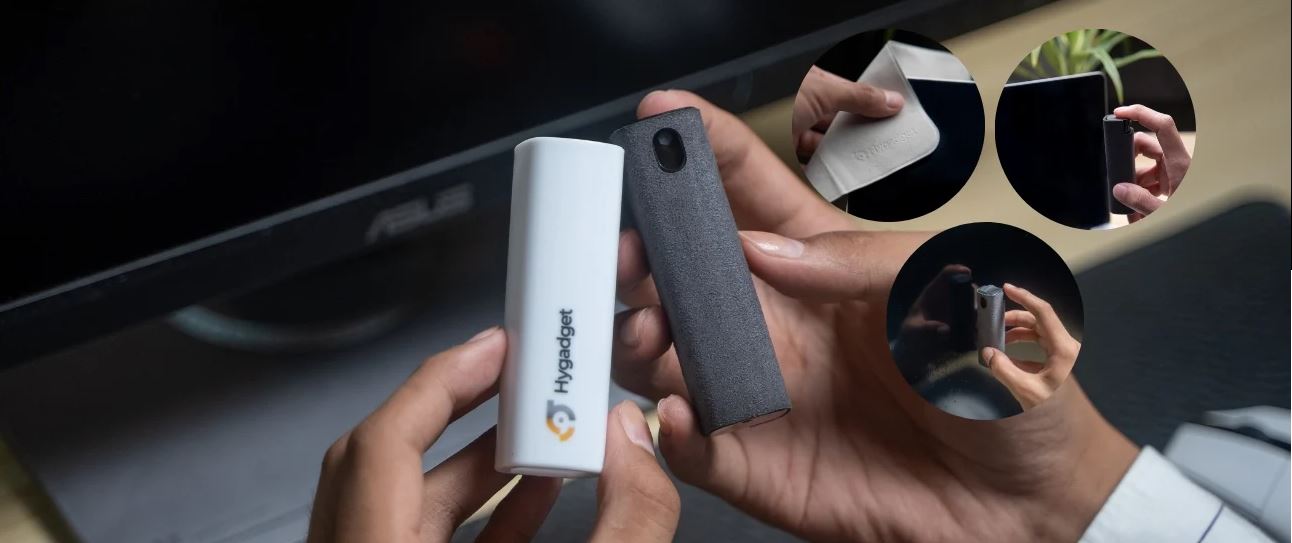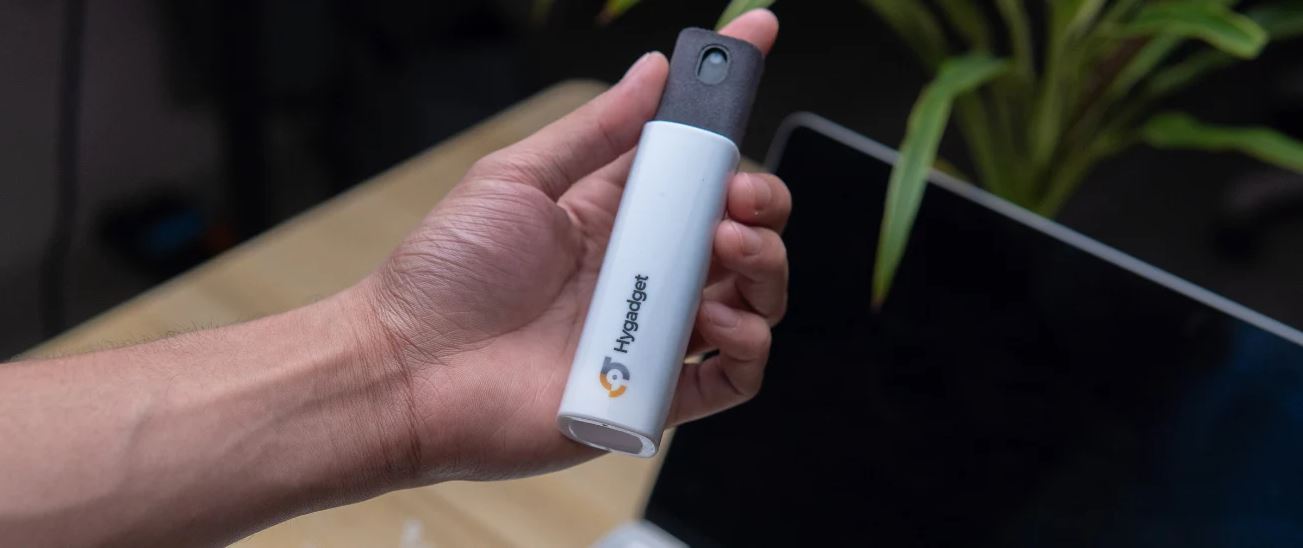Today we’ll guide you on maintaining your matte and glossy screens. Whether you use a phone with a glossy screen or a matte laptop screen, each type is made from different materials, thus requiring distinct approaches when cleaning and caring for them.
From avoiding scratches to ensuring a streak-free cleaning finish, we’ll cover the essential tips to keep your type of screens in top condition. So let’s dive into the best practices for cleaning and caring for your screens effectively.
Key Maintenance Differences
Understanding the specific material and vulnerabilities of glossy and matte screens is important to maintain their appearance and functionality. Here we’ll explore the types of damages and impurities each screen is prone to:
Glossy Screen
Glossy screens typically feature a smooth glass or plastic overlay that helps enhance color depth and contrast. This reflective surface can magnify imperfections.
These types of screens are highly susceptible to fingerprints and smudges due to their shiny surfaces and therefore require more frequent cleaning sessions than matte screens. They also are more vulnerable to showing scratches more clearly which can detract from the visual experience.
Matte Screen
Matte screens are finished with an anti-reflective or anti-glare coating that enables them to diffuse light and minimize glare. The rougher texture due to the anti-glare coating on matte screens makes it more susceptible to abrasive damage.
Dust accumulation will be more noticeable on these types of screens making them become more blurred compared to glossy screens if not cleaned regularly. The textured surface is also sensitive to abrasive cleaning supplies and solutions and some can wear down the anti-glare properties.
Step-by-Step Cleaning Guide
Cleaning your screen the right way not only enhances its visibility but also extends its lifespan. Here’s a consolidated guide applicable to both glossy and matte screens but highlighting specific instructions for each type of screen:
-
Turn off the device
Always start by turning off your device and unplugging it from any power sources. This will ensure safety and help you see smudges and dirt more clearly.
-
Remove Dust
Gently wipe the screen with a dry soft non-abrasive cloth preferably a microfiber cloth. This will prevent scratching the screen during the wet cleaning process.
-
Prepare the Cleaner
For glossy screens, we recommend using a mix of distilled water and mild detergent. Avoid alcohol-based cleaners and anything containing ammonia as these chemical agents can damage the screen’s protective coating.
For matte screens, it's best to just stick with distilled water due to their sensitive surfaces. Harsh chemicals applied on these types of screens can degrade the anti-glare coating.
-
Apply the Cleaner
Always spray your cleaning solution onto the microfiber cloth and never directly onto the screen. This will prevent excessive liquid from leaking down your device and risking it from moisture damage.
-
Wipe the Screen
Gently wipe in a circular motion from the center and outwards to minimize streaking for glossy screens.
When wiping your matte screens use motions and directions from top to bottom or left to right to protect the anti-glare coating from uneven wear.
-
Dry the Screen
Finish up by drying your screen with a dry microfiber cloth and ensure all moisture is removed.
Introducing the Hyscreen Kit for Effective Screen Care
Keep your digital screens in pristine condition with the Hyscreen Kit, designed to safely cleanse both your glossy and matte displays. This kit features plant-derived ingredients and a soft non-abrasive cloth that together removes dust, oils, and smudges without scratching or leaving residues behind for that streak-free finish. It’s the Ideal gentle cleaning solution for every screen type from your smartphones to high-end monitors.

Note: The HyScreen Kit contains no ammonia or alcohol, thus ensuring it won’t compromise your screen’s protective or anti-reflective coatings.
Preventive Care and Maintenance Tips
- Use screen protectors to prevent scratches, fingerprints, and dust.
- Keep the surrounding environment clean and avoid eating or drinking near your device.
- Handle with care by keeping your hands clean when touching your device’s screen.
- Prolonged exposure to sunlight can cause damage such as discoloration and degradation of the screen.
- Avoid Harsh chemicals, especially bleach or strong alcohols as they can damage the screen’s surface and strip protective coatings.
By following these tips, you're less likely to encounter the costly consequences of ignoring screen maintenance, such as diminished display quality, increased repair expenses, and decreased device longevity.







